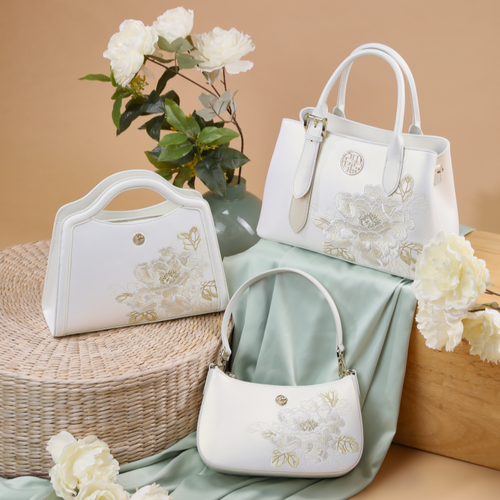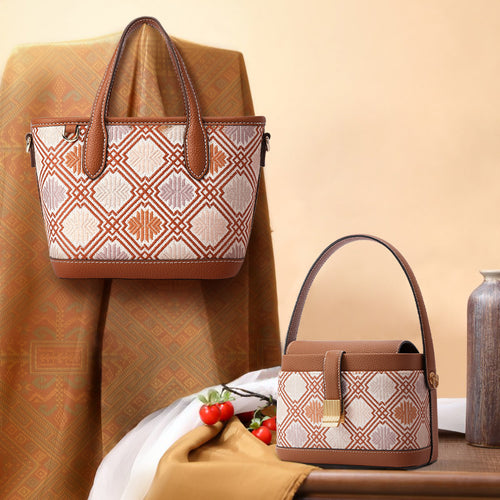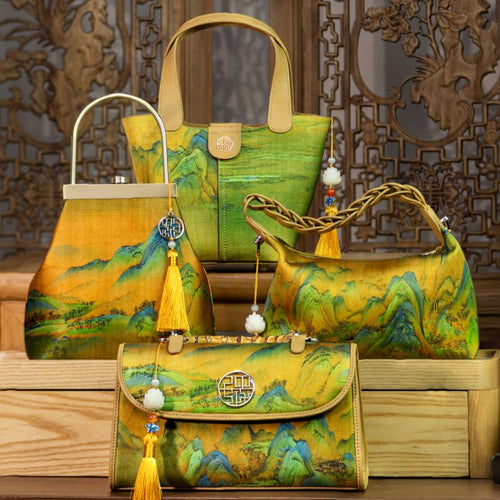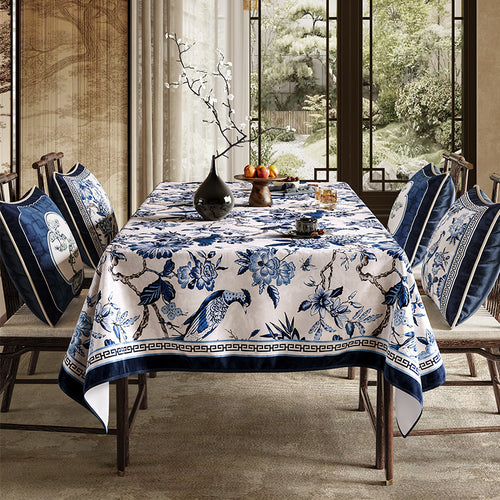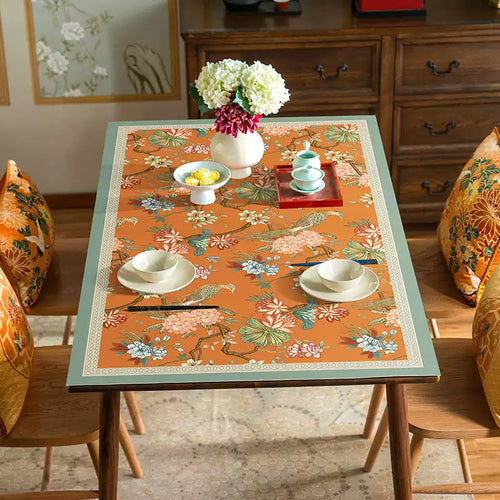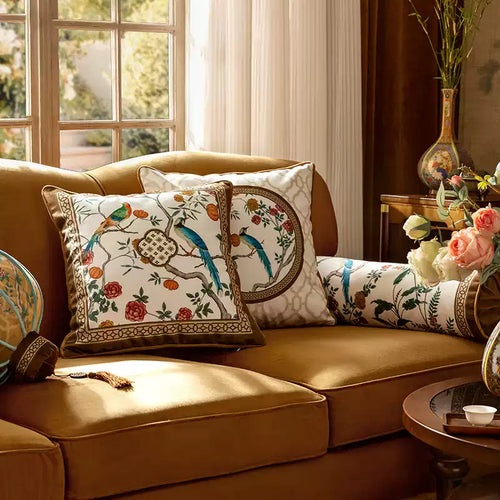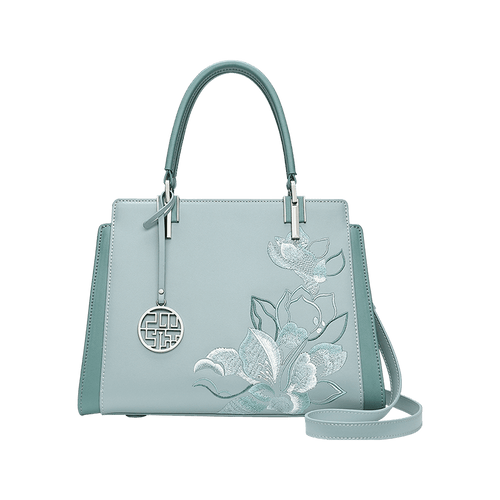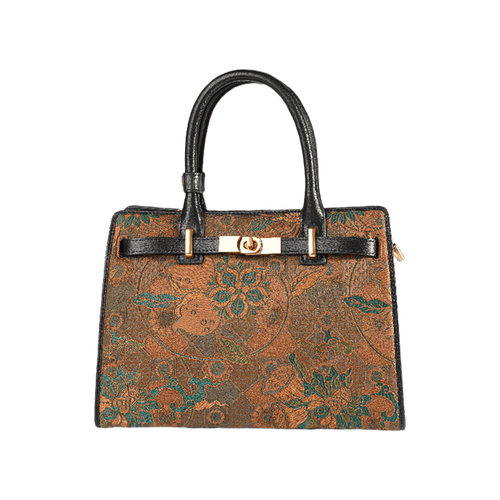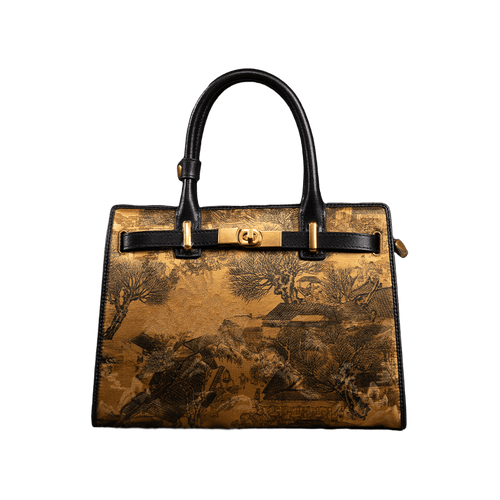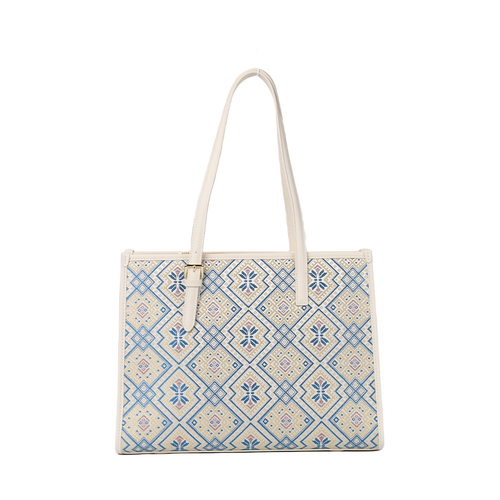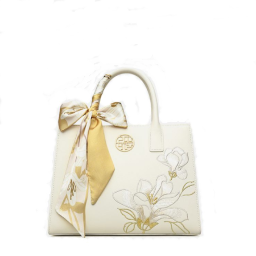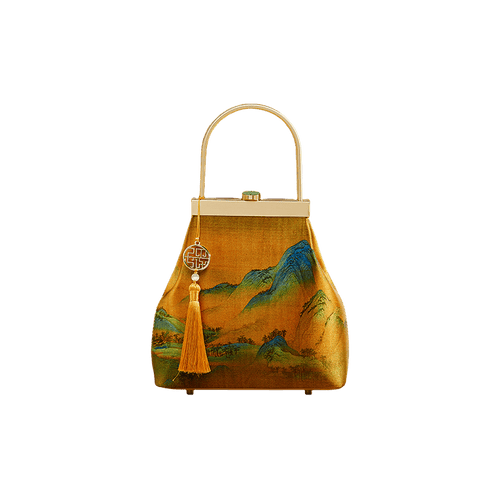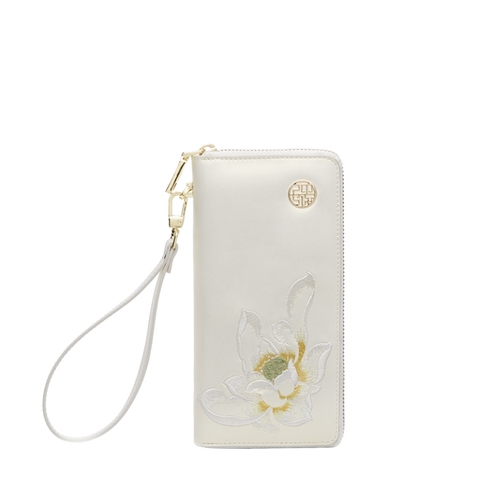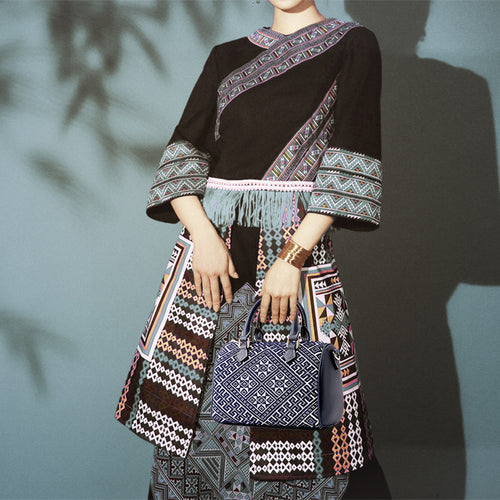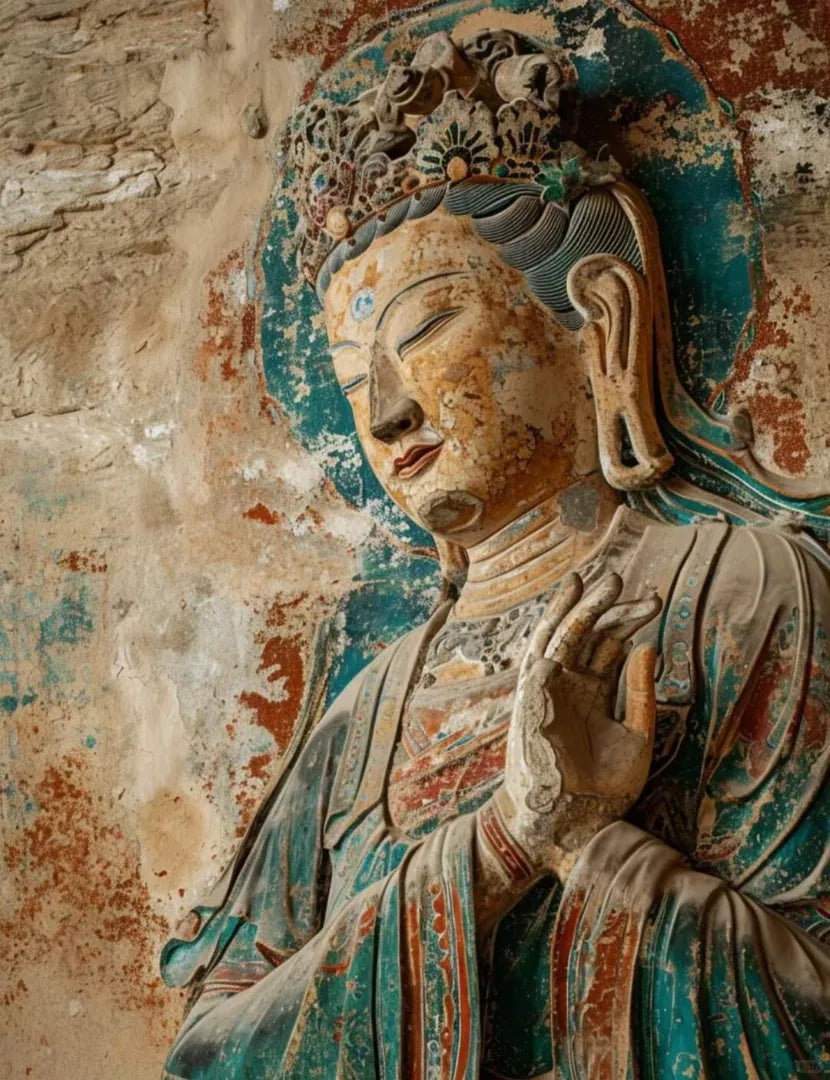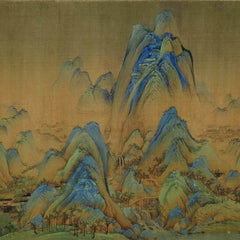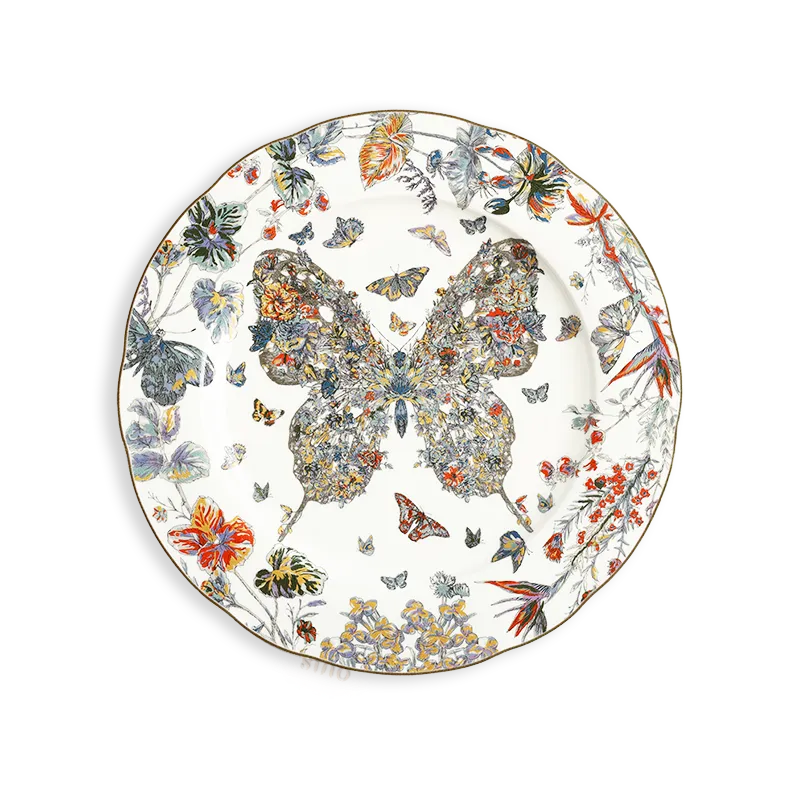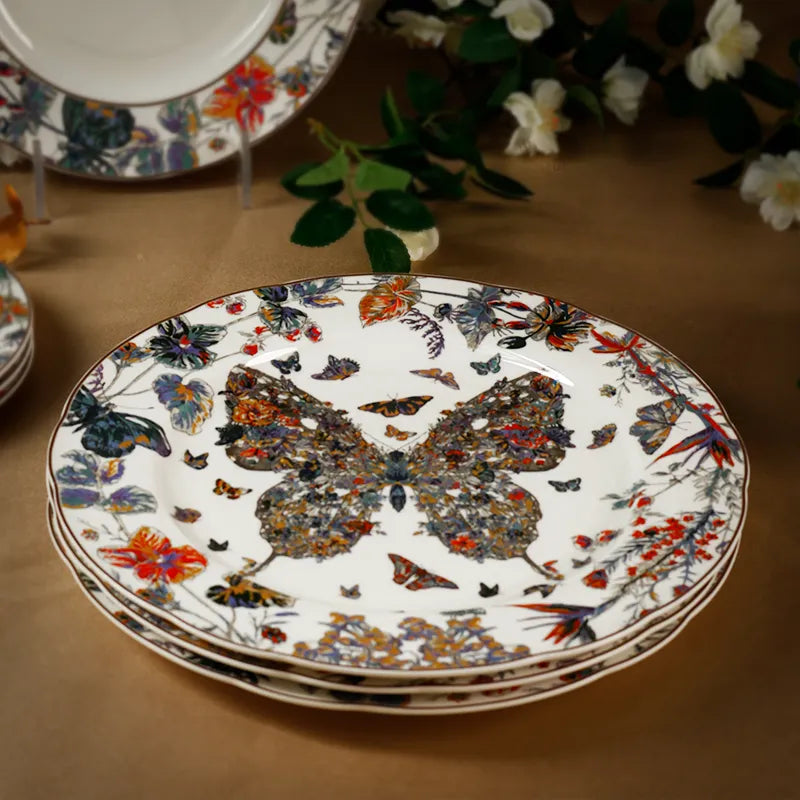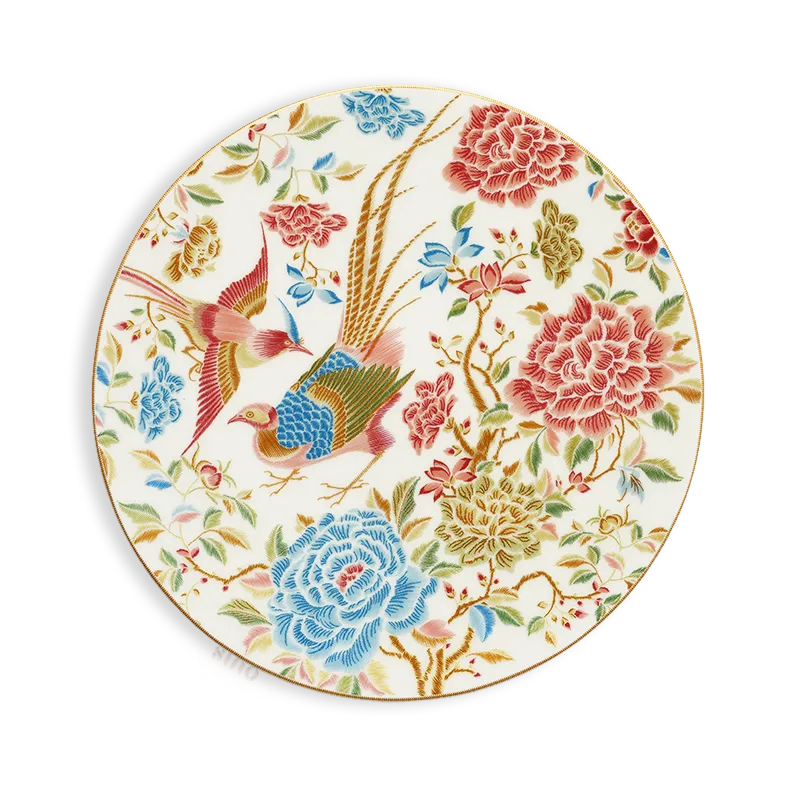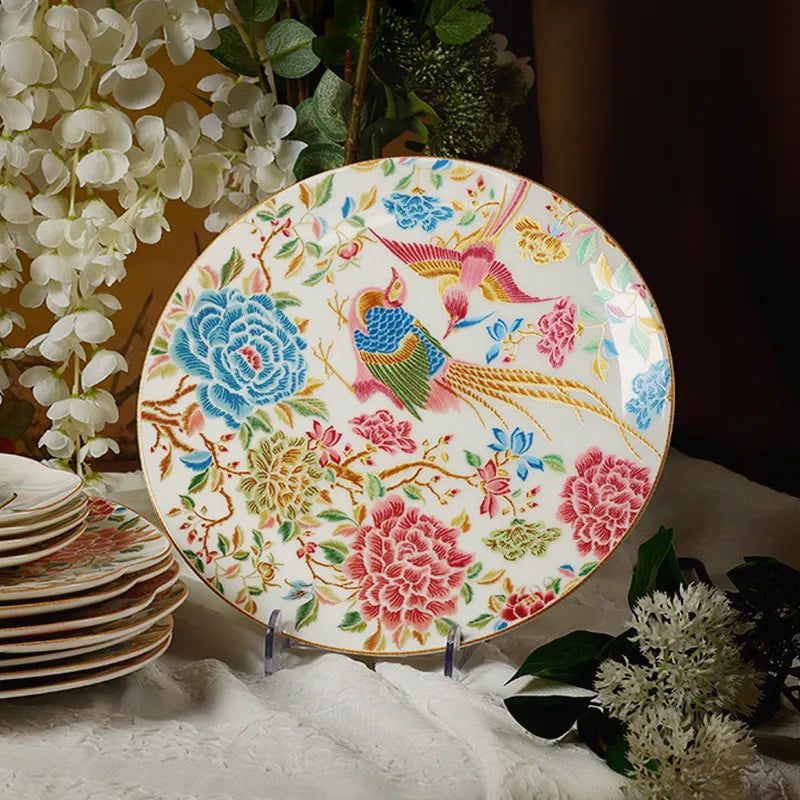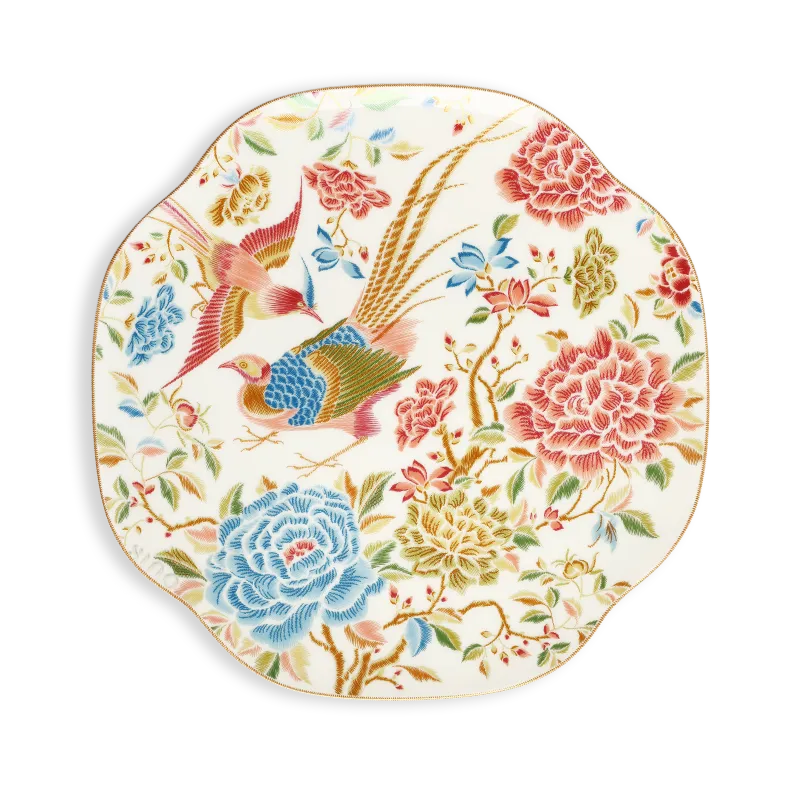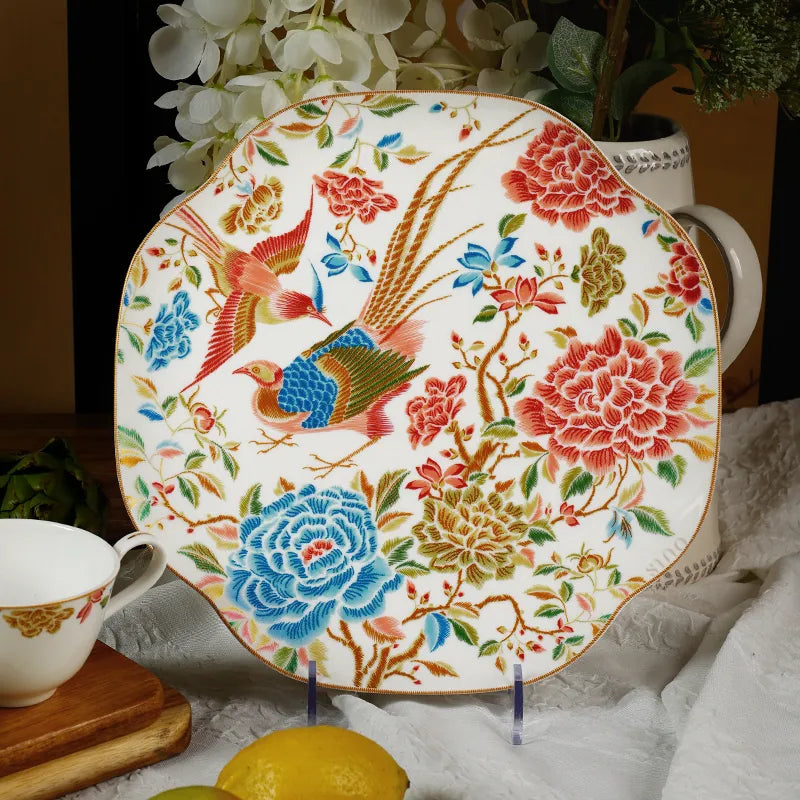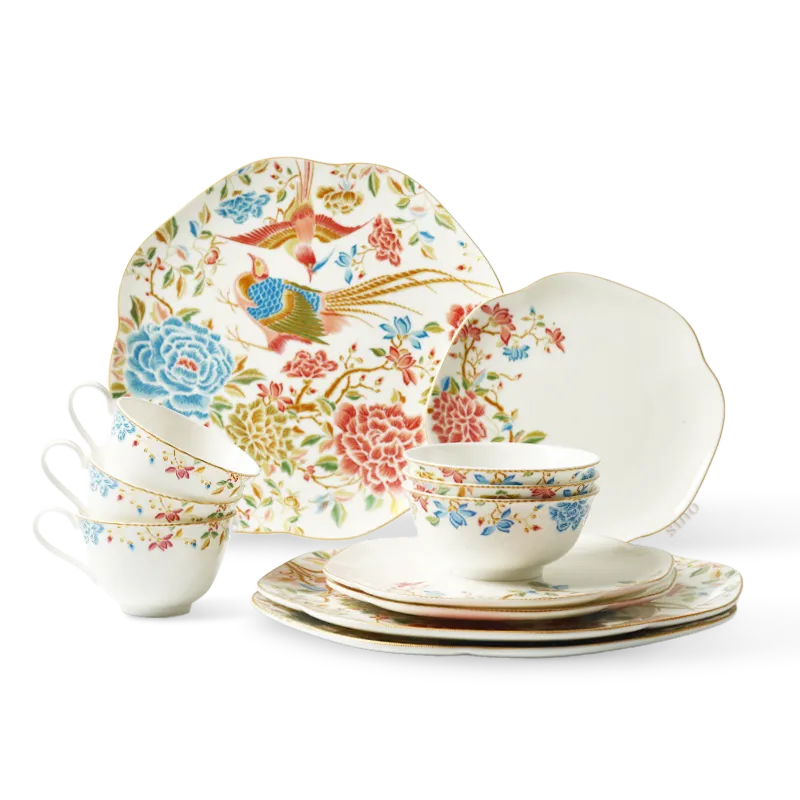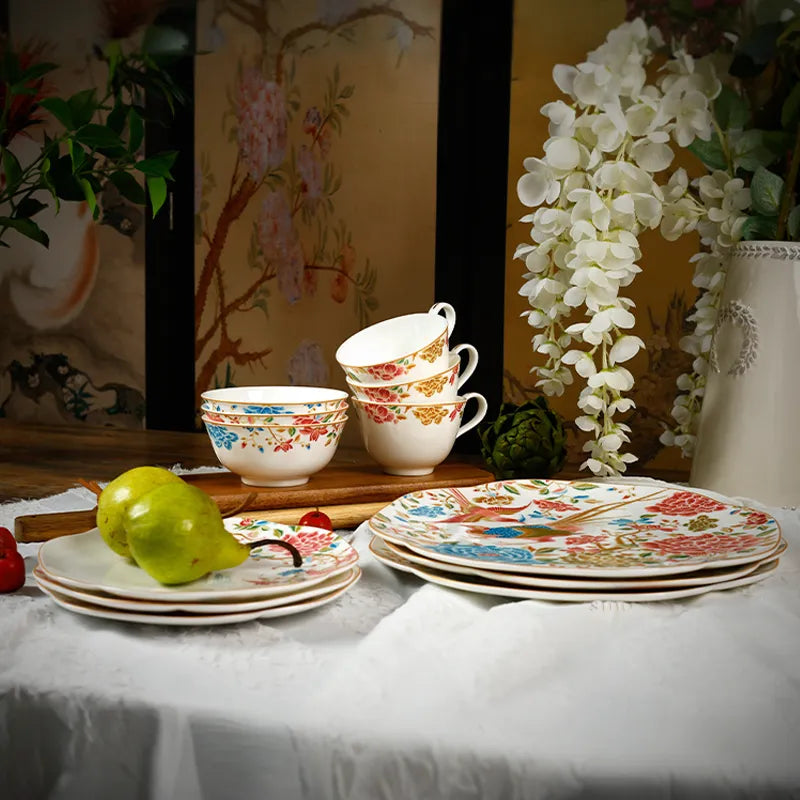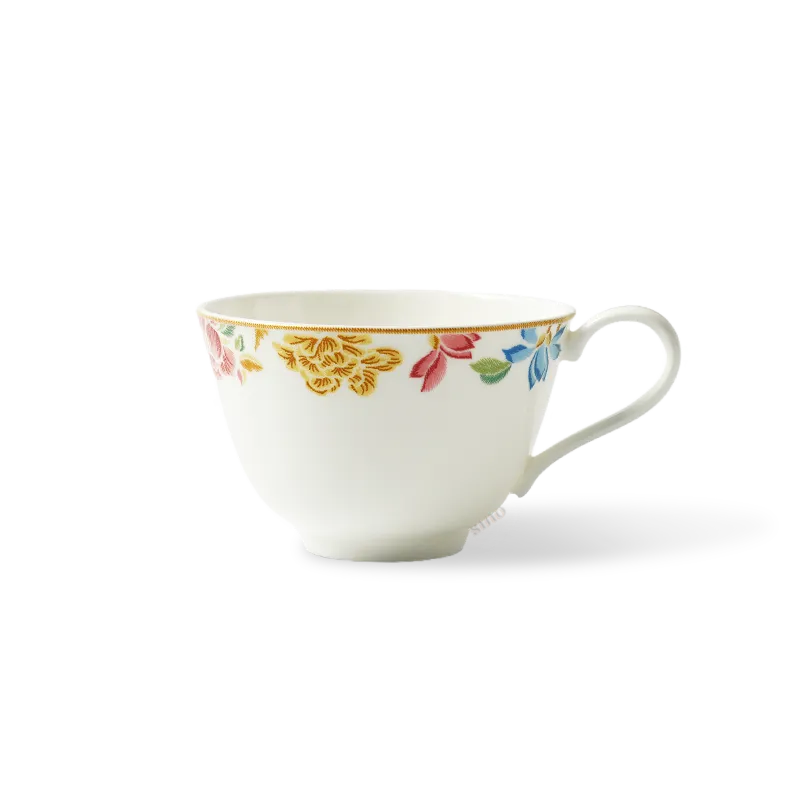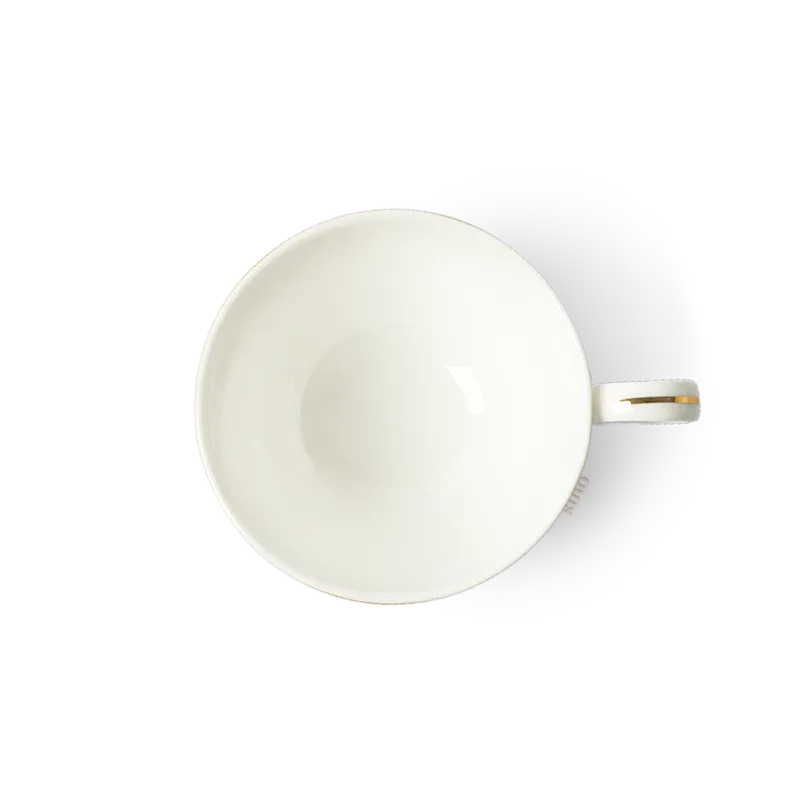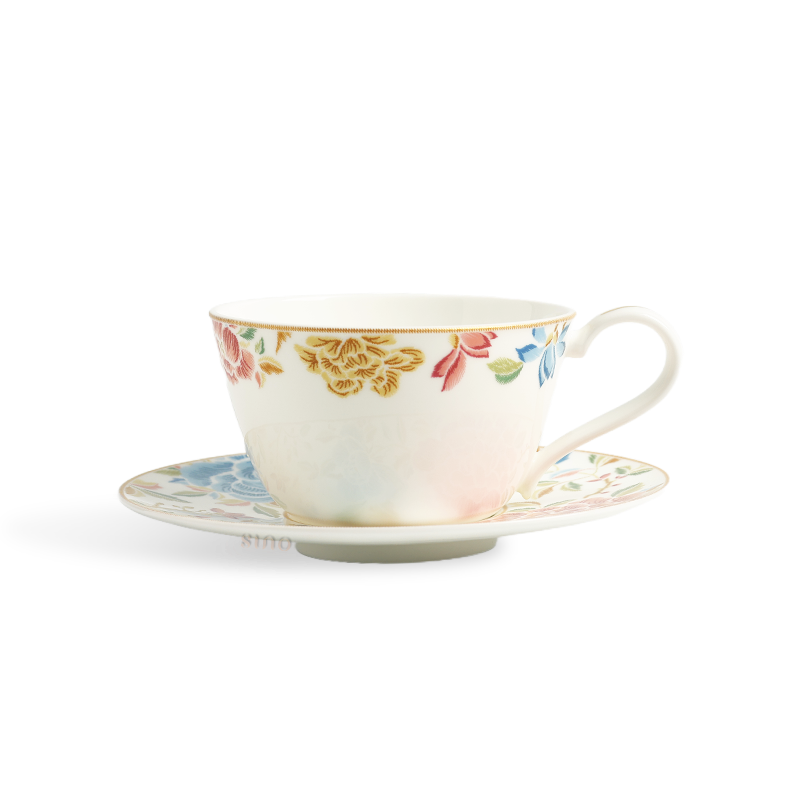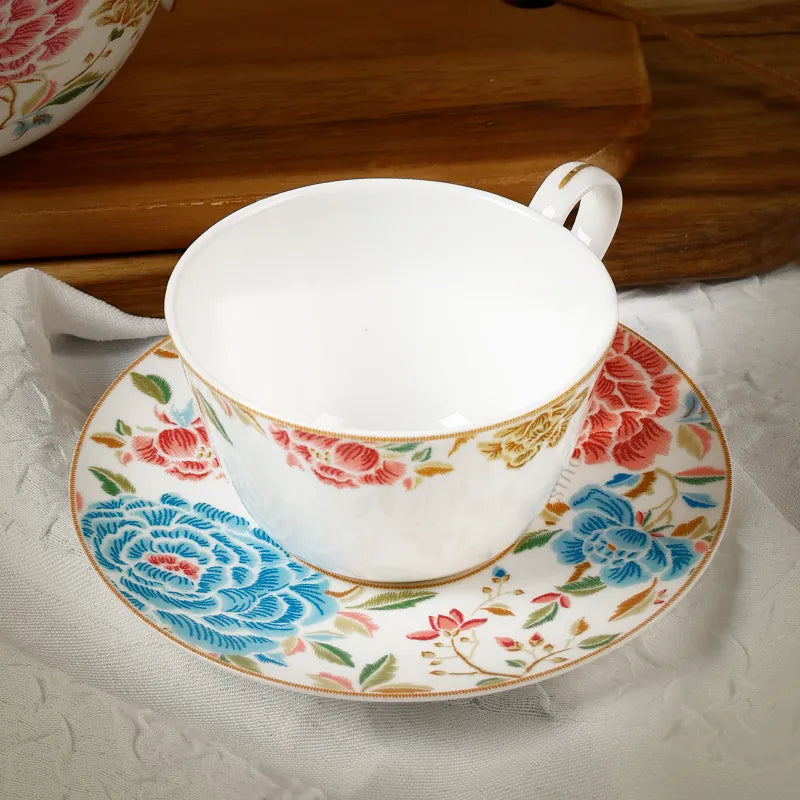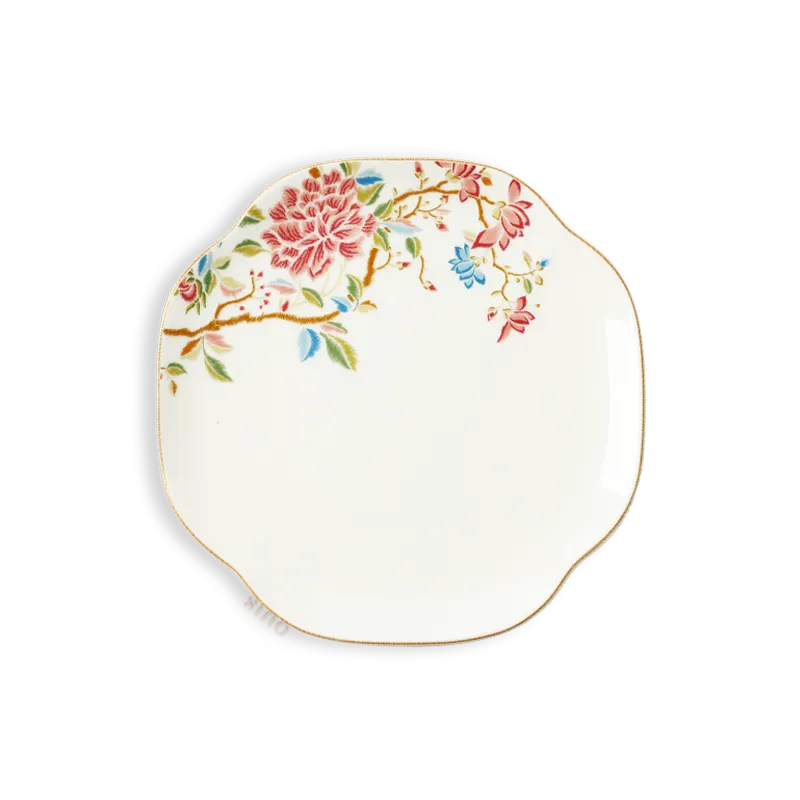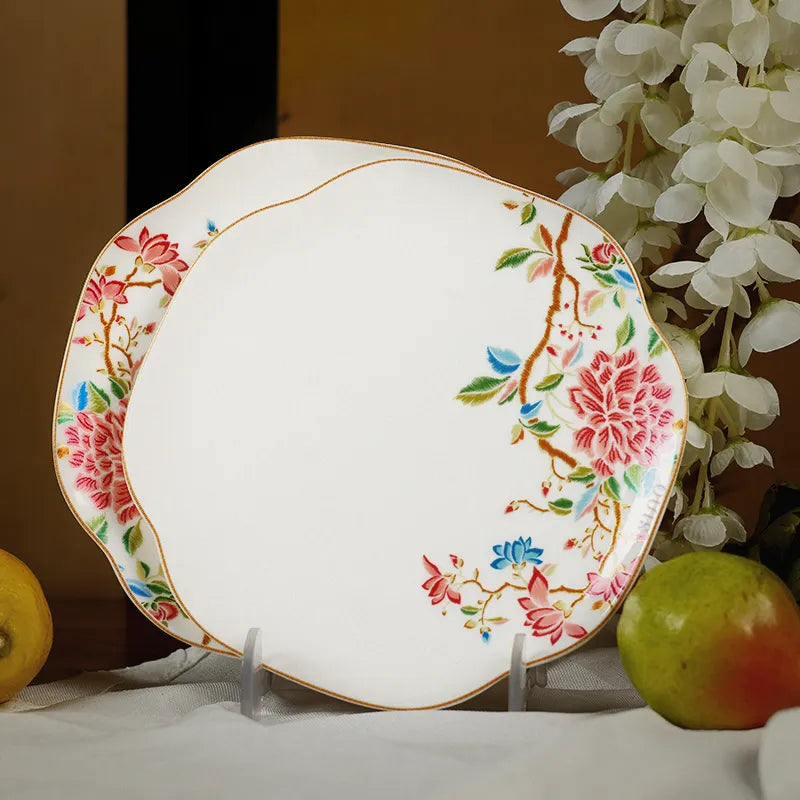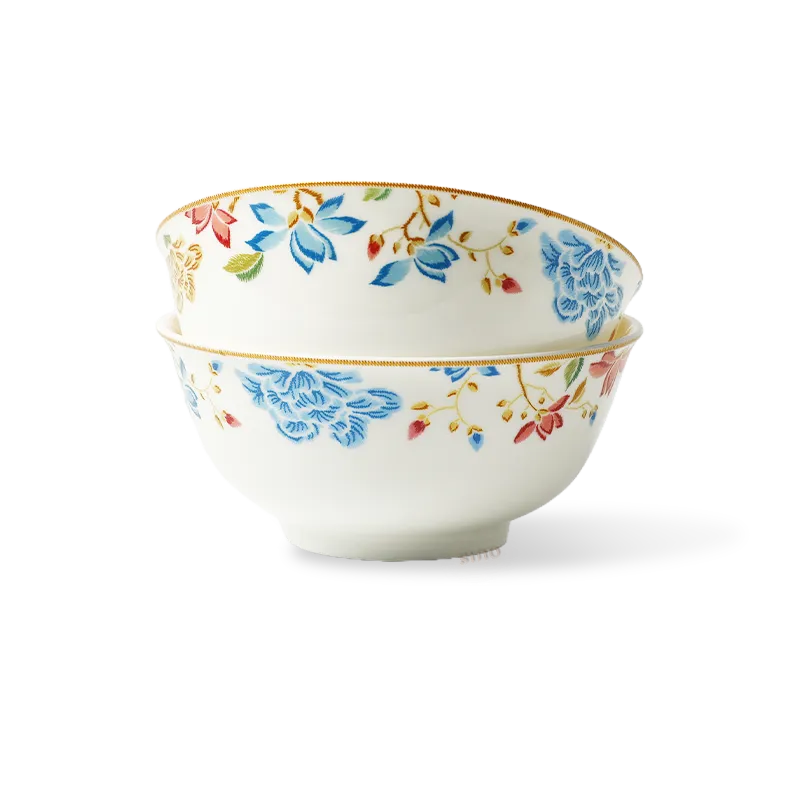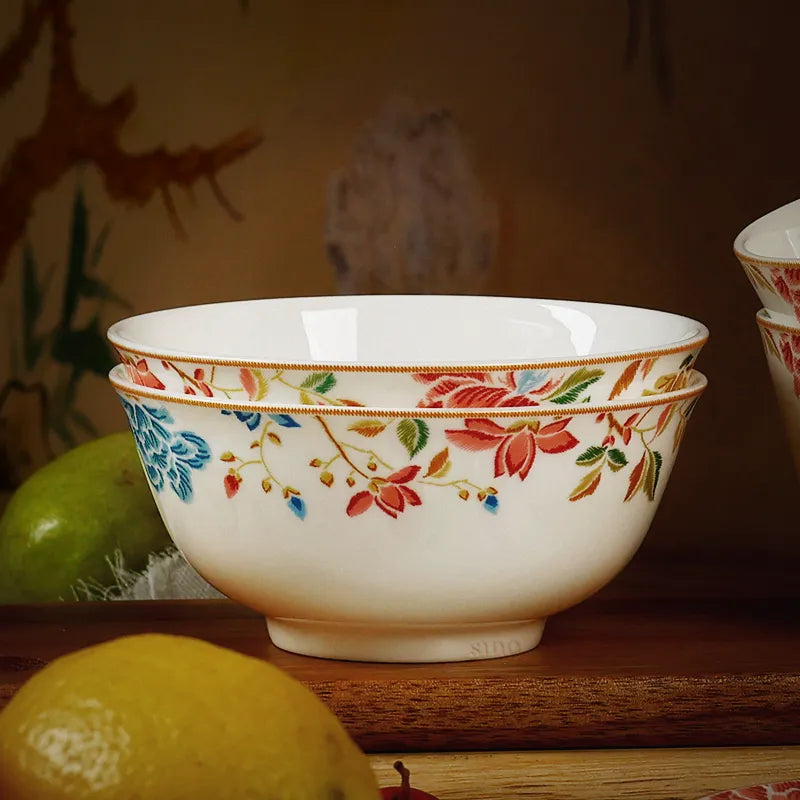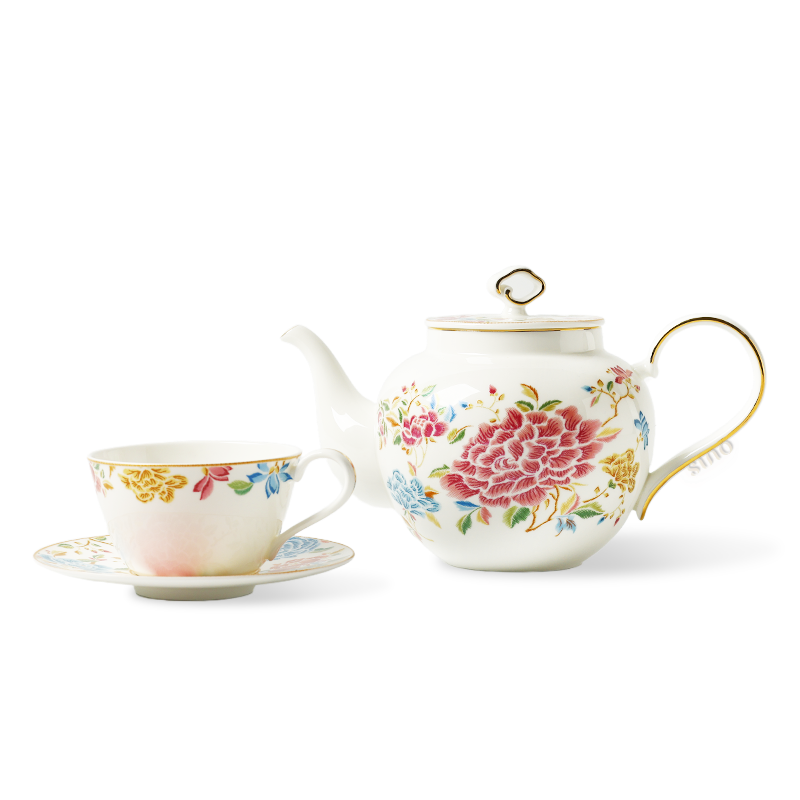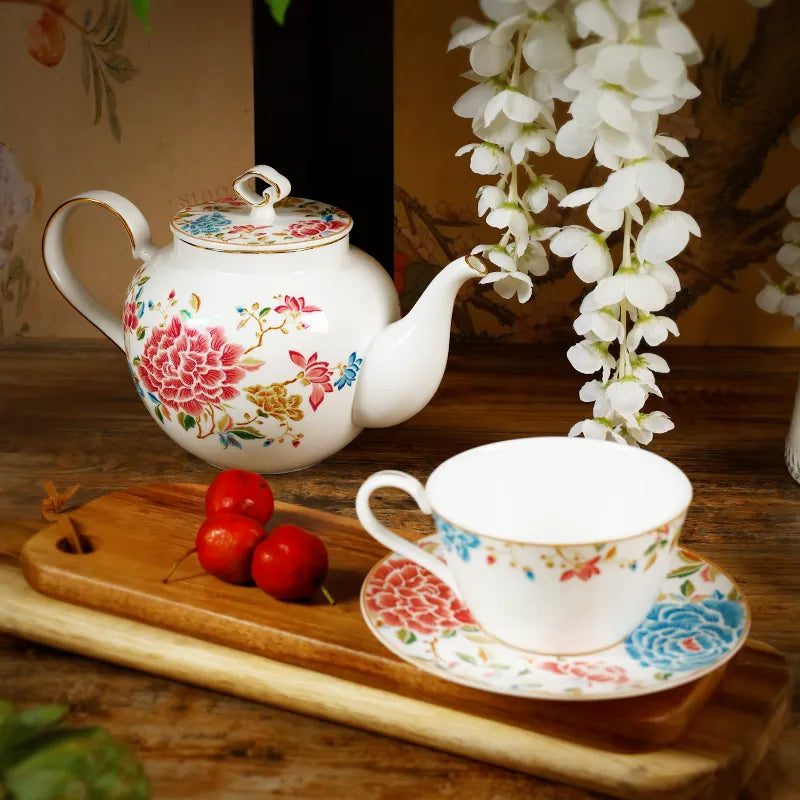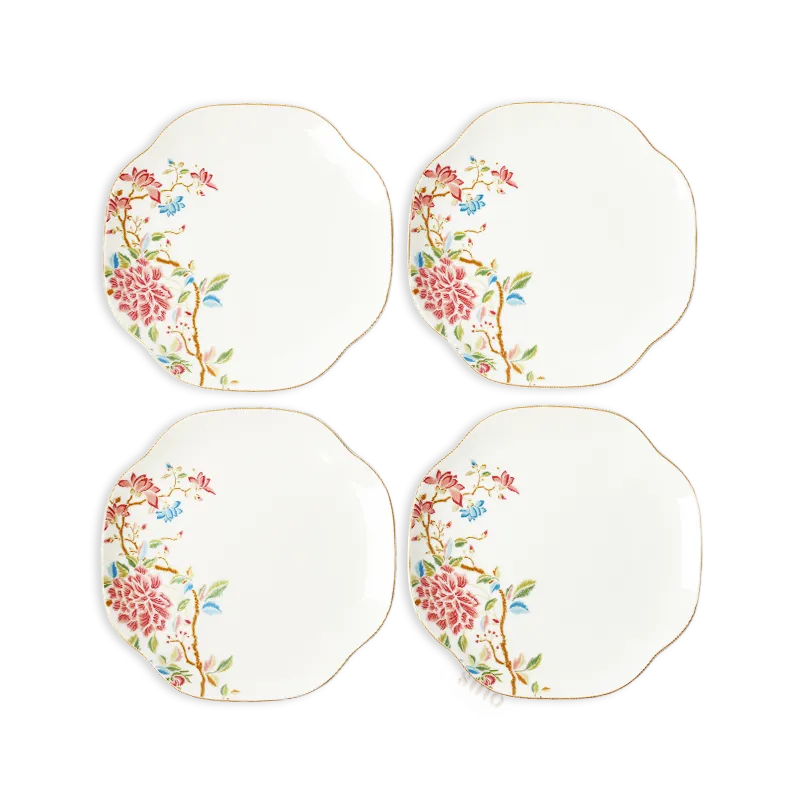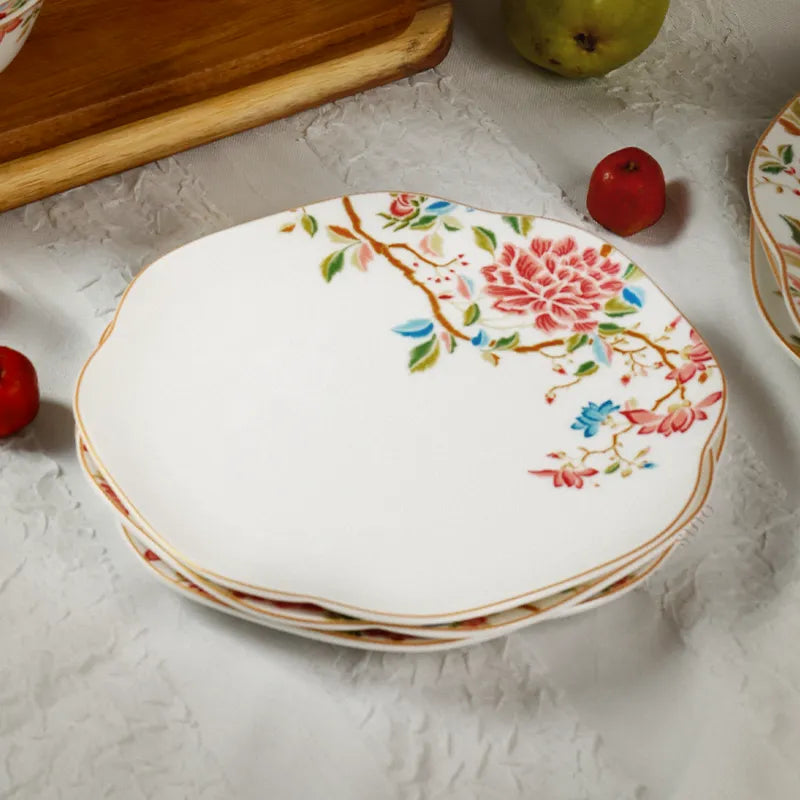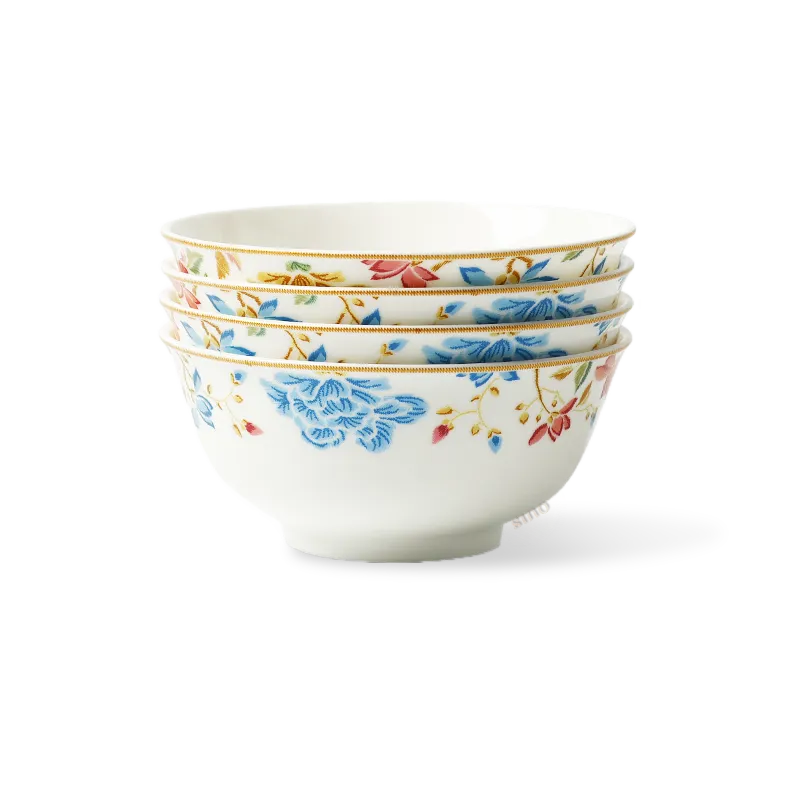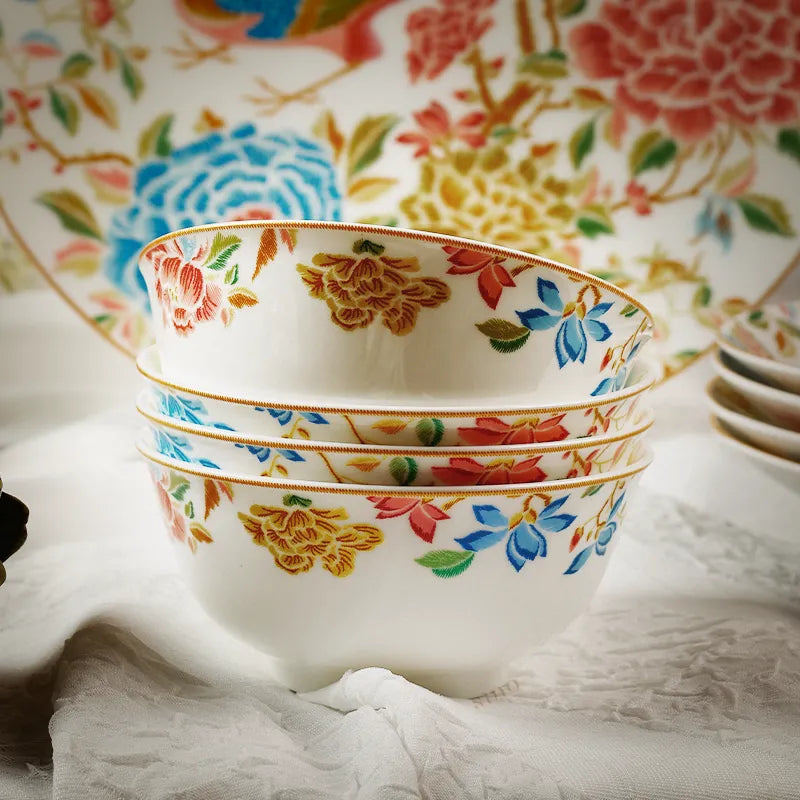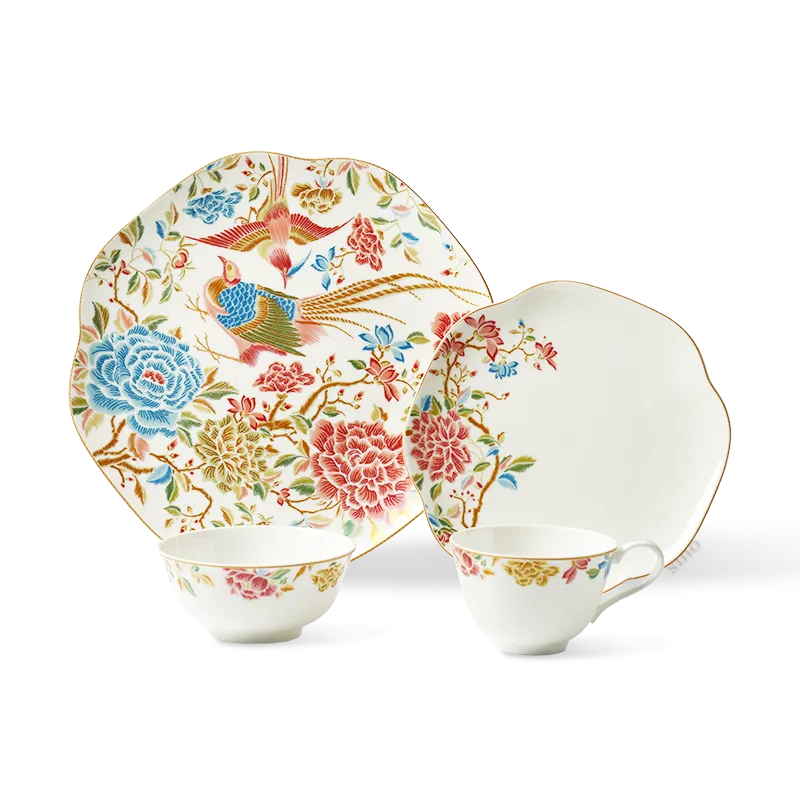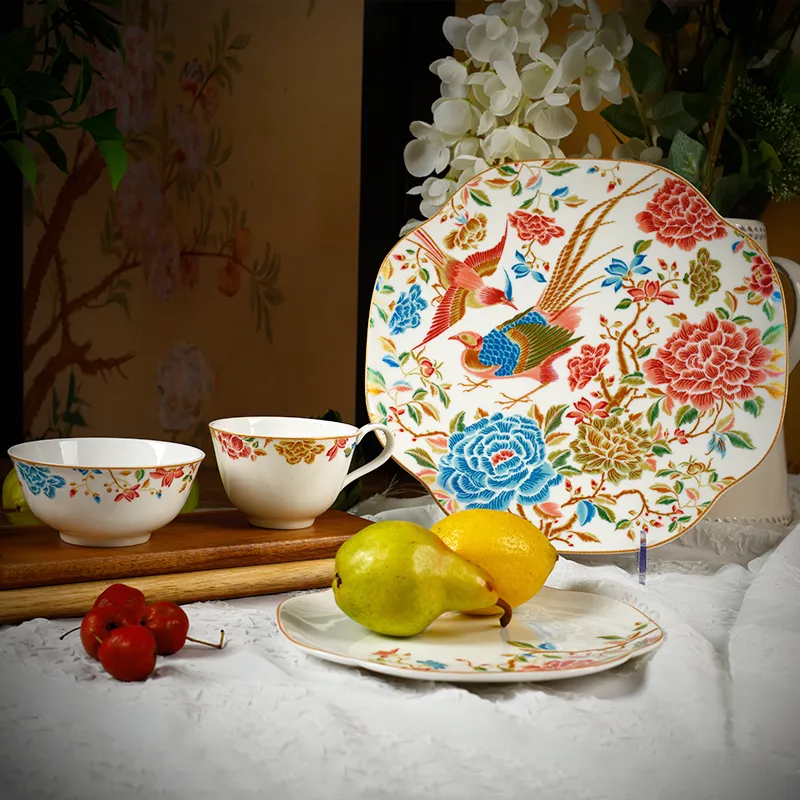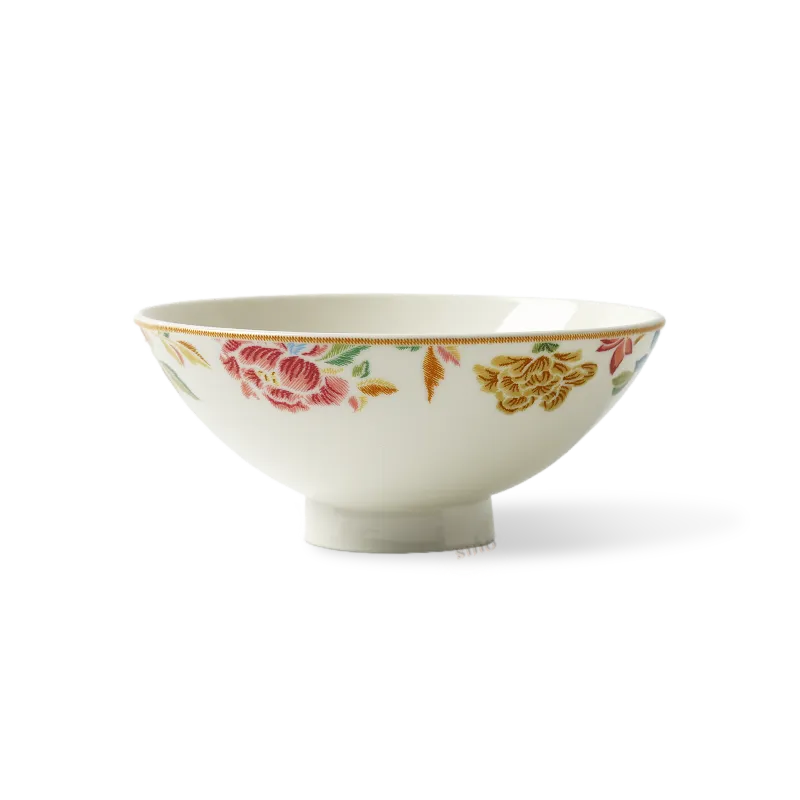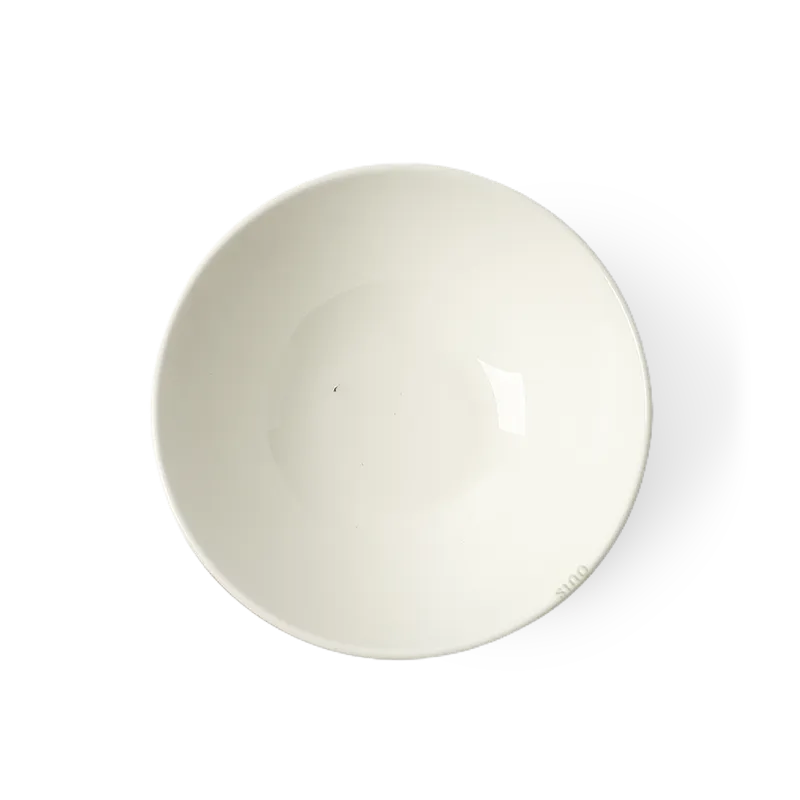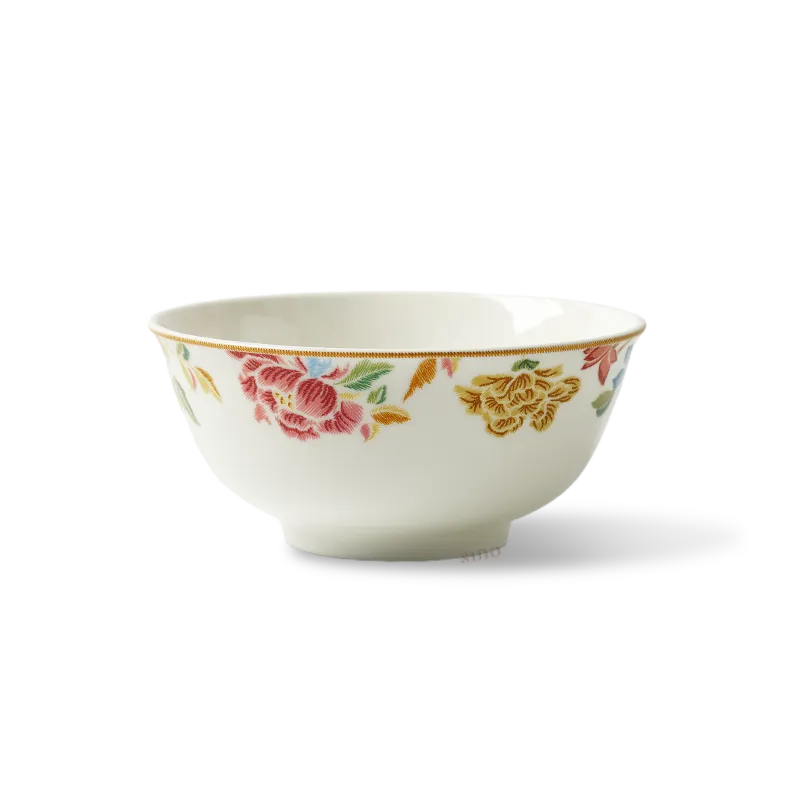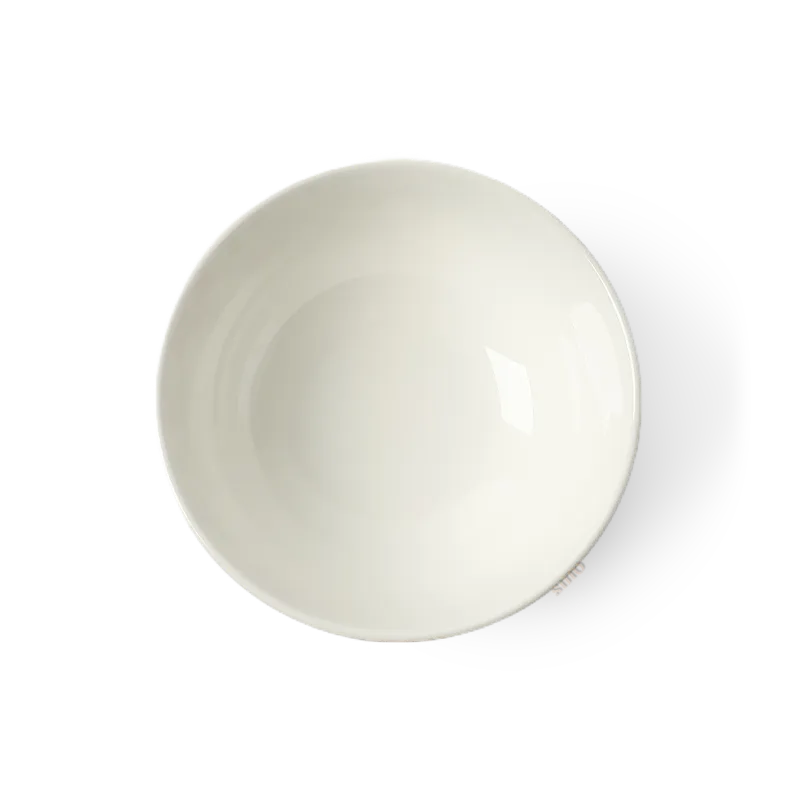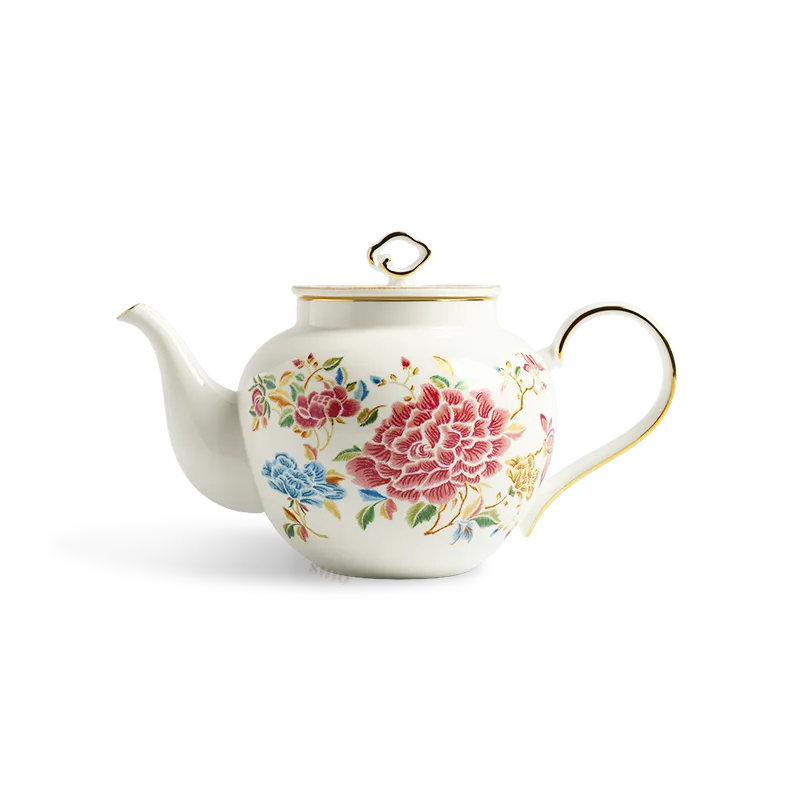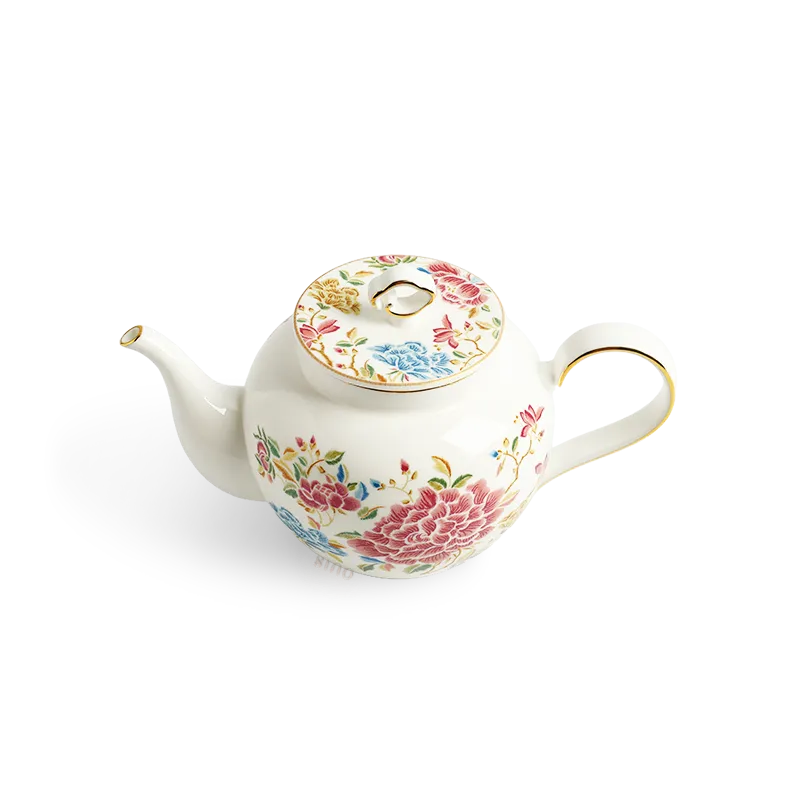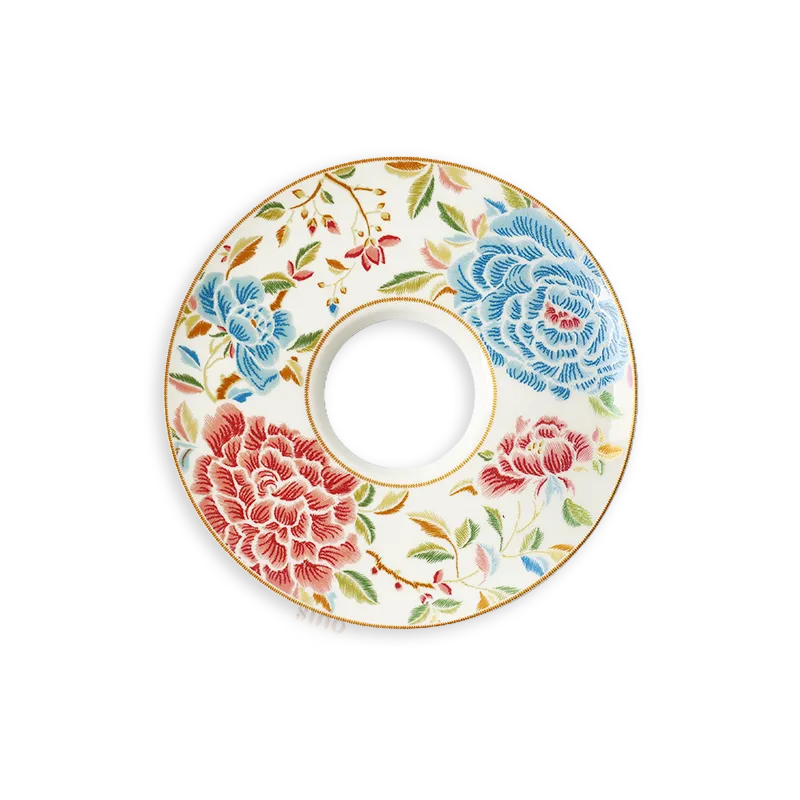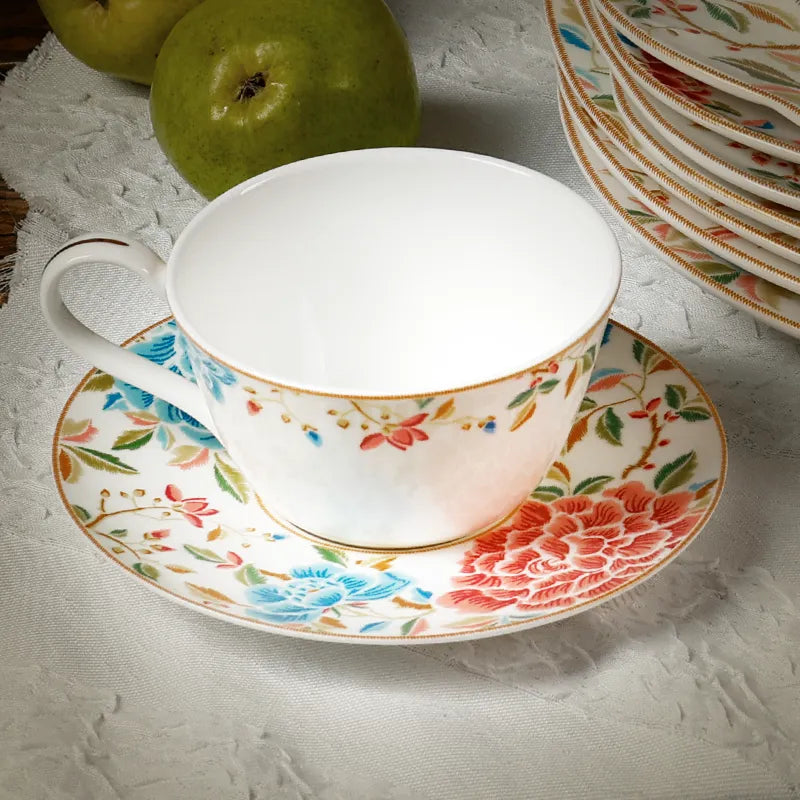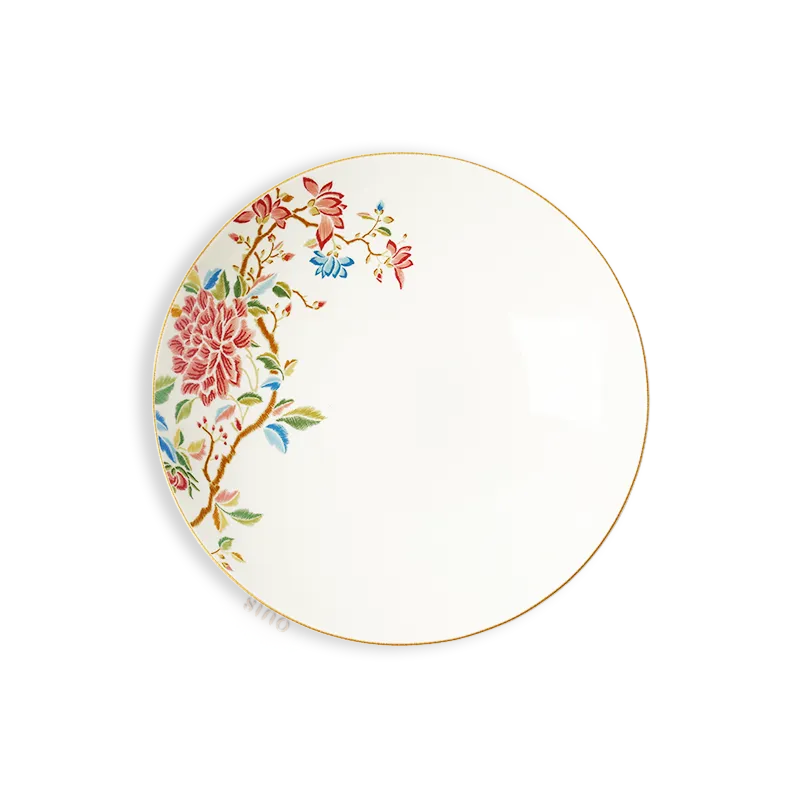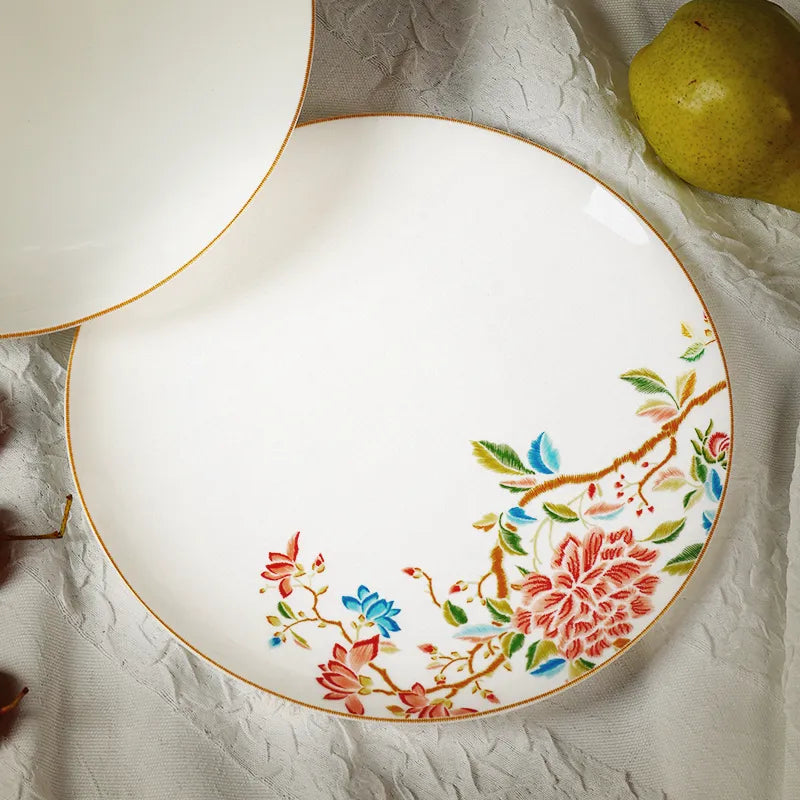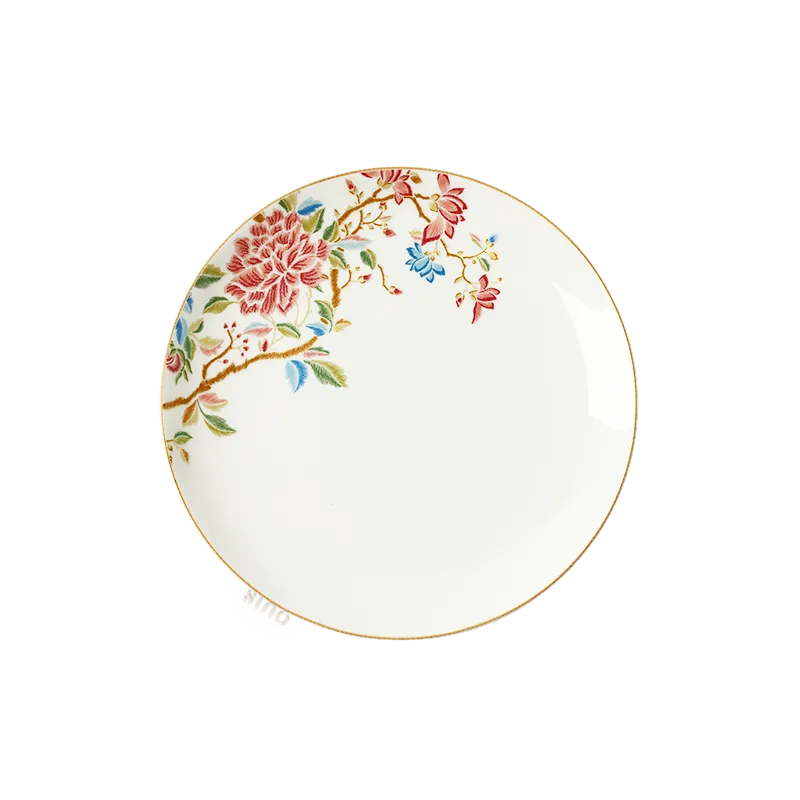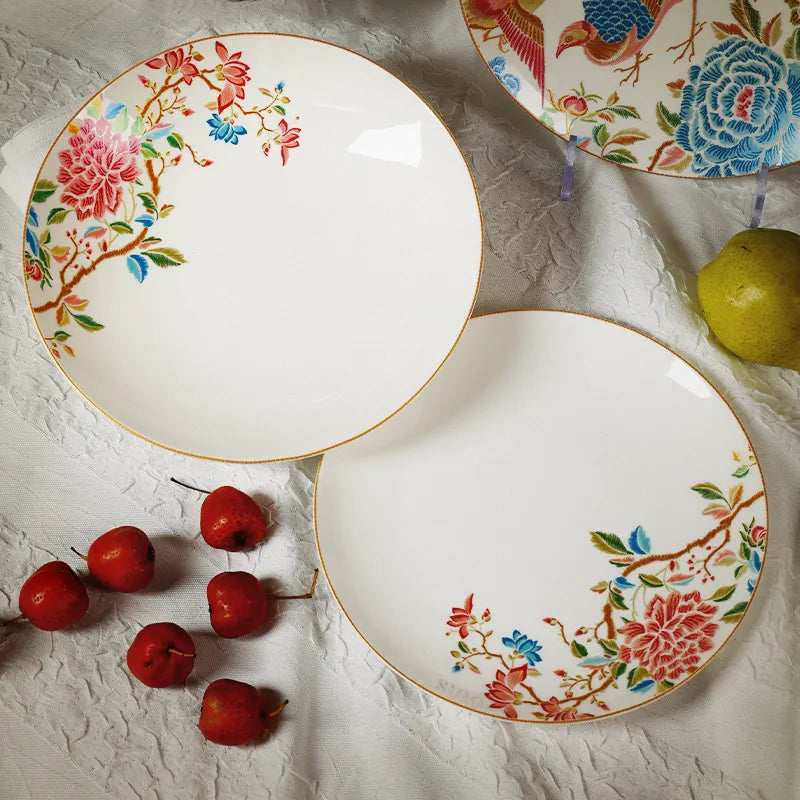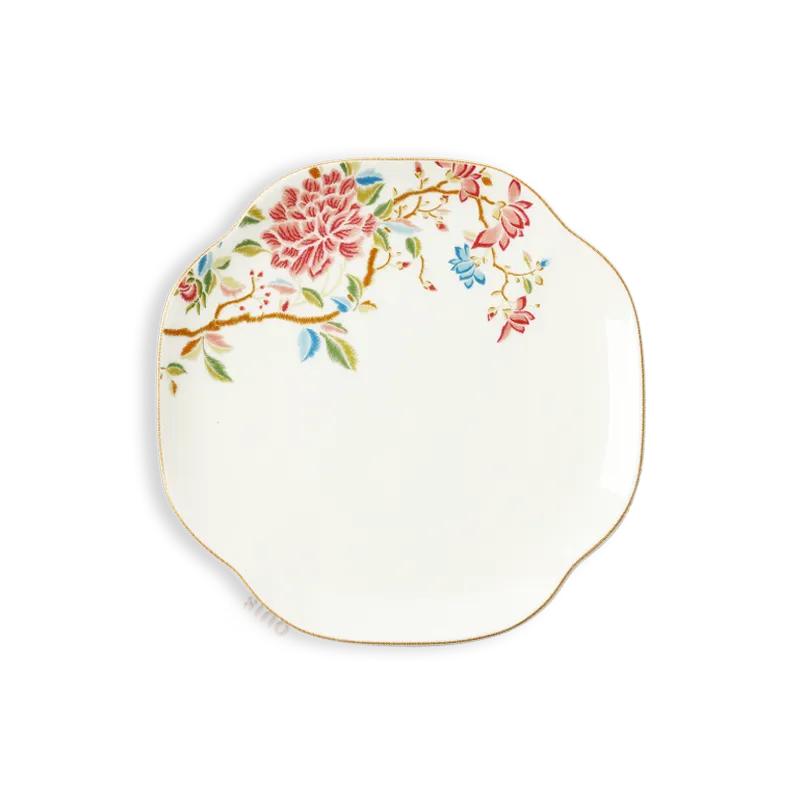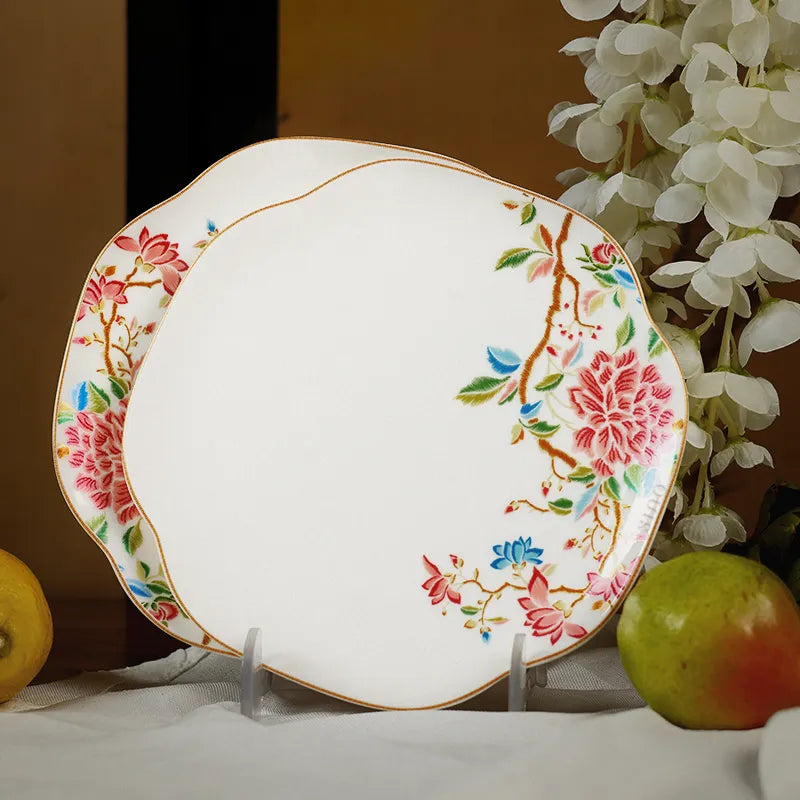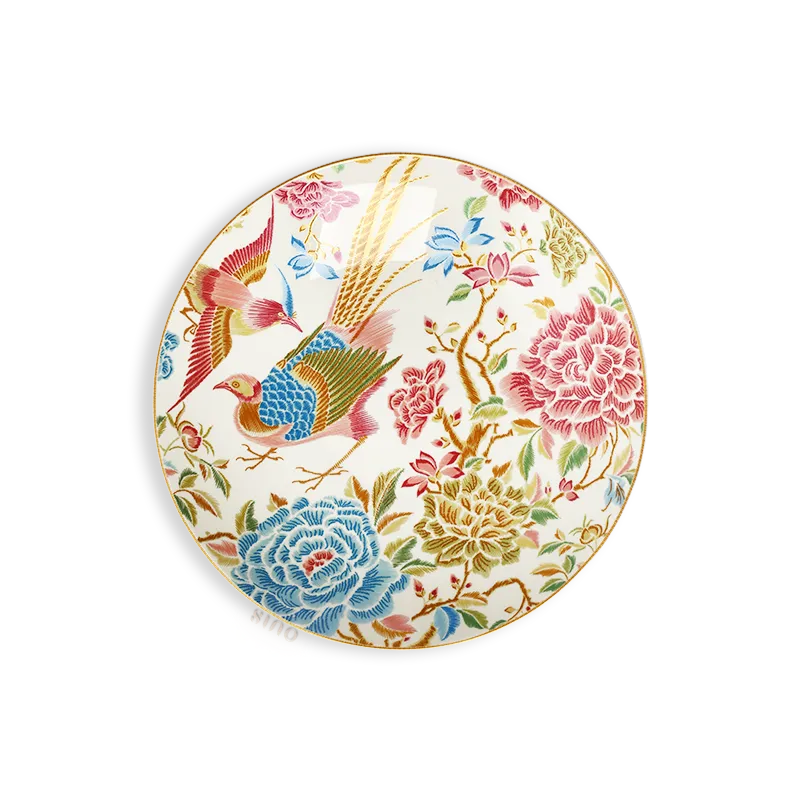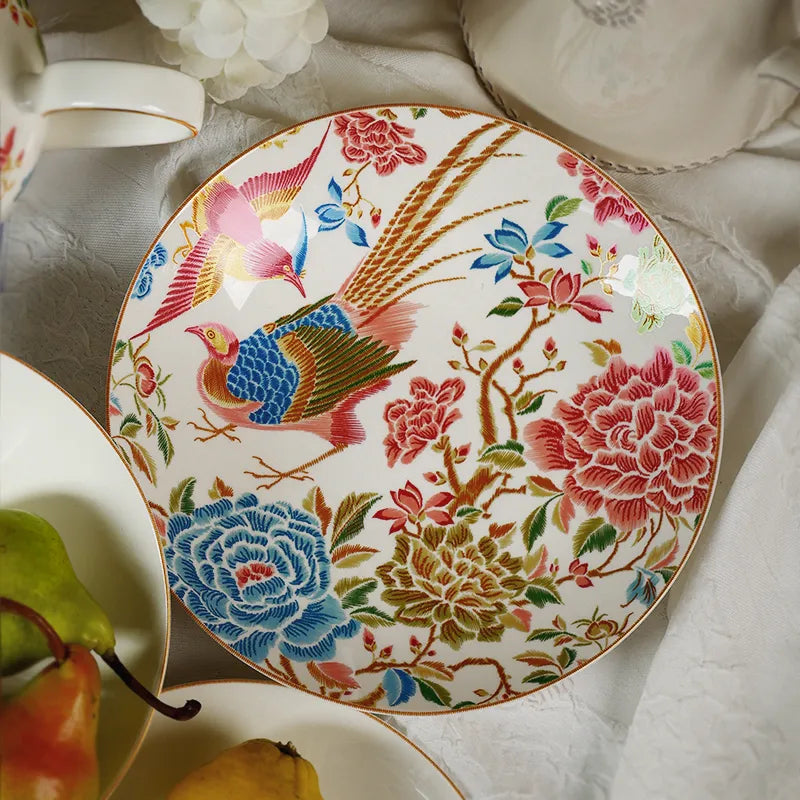Bone china isn’t just tableware—it’s a story of fire, artistry, and centuries of craftsmanship. When paired with the elegance of Chinoiserie luxury design, it becomes a cultural statement on your dining table.
In this guide, we’ll take you behind the scenes to see how bone china is crafted, why it stands apart from ordinary porcelain, and how Sinocultural’s Chinoiserie Bone China Collection turns this tradition into a modern dining experience.

What Makes Bone China Special
Bone china is a type of porcelain that incorporates bone ash into its composition, giving it an exceptional combination of delicacy and strength.
True bone china is translucent—hold a plate up to the light and you’ll see a soft glow shining through. It’s also much stronger than ordinary porcelain, meaning it’s less likely to chip or crack even with frequent use. And because the surface is so smooth and creamy, it allows for intricate decorations, making every piece feel like a work of art.

(One of the raw materials for bone china production: kaolin)
Behind the Kiln: How Bone China Is Made
1.The Perfect Mix: It all starts with a careful blend of bone ash, kaolin clay, and feldspar. The bone ash is key—it gives bone china its signature whiteness and delicate translucence.
2.Shaping the Form:The mixture is shaped into plates, bowls, and cups using precision molds. Once dried, the pieces are ready for their first firing.
3.Biscuit Firing:This first firing happens at about 1200°C, which hardens the piece but leaves it porous enough to absorb glaze.
4.Glazing & High-Temperature Firing: After glazing, the pieces go into the kiln again—this time at a blazing 1350°C. This higher firing temperature, used by Sinocultural, makes the ceramic body denser and more resilient. The glaze becomes smoother, the structure stronger, and the finish more luminous, giving each plate that signature bone china glow.

Bone China vs. Regular Porcelain
Compared to ordinary porcelain, bone china undergoes a more intense firing process, resulting in a much denser and stronger ceramic body. Regular porcelain is fired at around 1200–1250°C, which produces a solid plate but one that is slightly more brittle and less translucent.

Bone china, especially at Sinocultural’s 1350°C firing standard, feels silky and warm to the touch and is significantly more resistant to chipping. It also has a unique soft glow when held to the light, something regular porcelain simply cannot replicate. This combination of strength, beauty, and elegance makes bone china the ultimate choice for anyone who wants tableware that’s both practical and stunning.

The Beauty of Chinoiserie Meets Bone China
Our Sinocultural collection is inspired by Qing Dynasty Cantonese embroidery, blending tradition with function.
-
Artistic Detailing: Rich floral and butterfly patterns that seem to dance around the rim.

-
Embroidery Texture: We replicate the dimensional, tactile feel of Cantonese embroidery so every butterfly feels alive.

-
Practical Luxury: Our bone china is strong enough for everyday use yet beautiful enough for display.

Why It Matters for Your Dinner Vibe
Why It Matters for Your Dinner Vibe
Dinnerware isn’t just about eating—it’s about creating moments. Whether it’s Sunday brunch or a Lunar New Year feast, the right plates set the tone for how special the meal feels.
✨Ready to elevate your table?
Discover the full Sinocultural Chinoiserie Bone China Collection and bring centuries of craftsmanship into your home.
